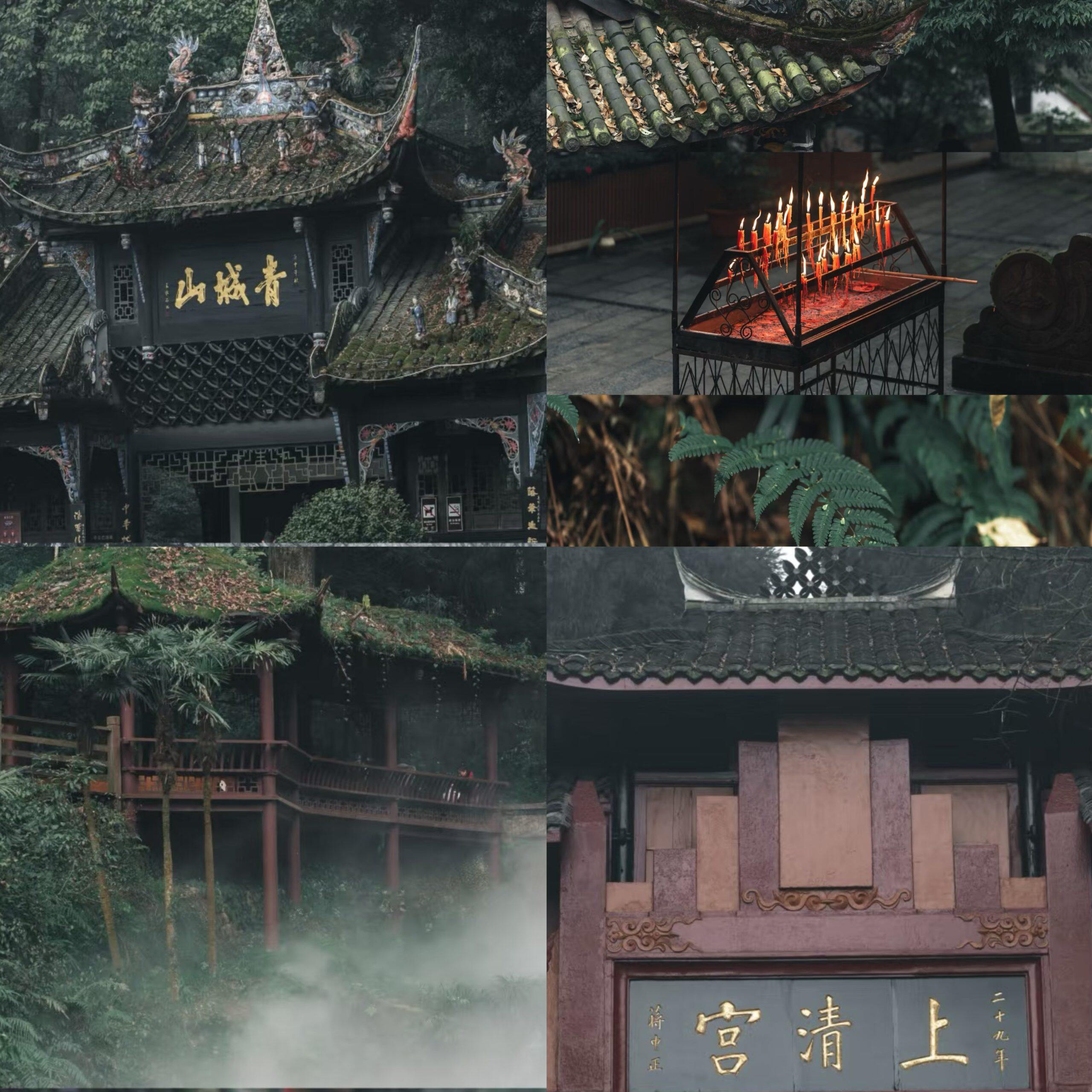Hello, I’m Mike Wang, a China travel expert with over 20 years of experience. During these two decades, I’ve traveled extensively around the world. This guide takes you through Mount Qingcheng, a famous Taoist mountain and UNESCO World Heritage Site in China, near Chengdu. With a history over 2,000 years, it’s tied to Taoism’s origin. Its natural scenery shines—lush forests, winding paths, and misty peaks that feel like a fairyland. I’ll share its Taoist history, must-see spots like Jianfu Palace, and practical tips (best visiting seasons, hiking routes) to help you plan a wonderful trip.
Introduction
Mount Qingcheng, a famous Taoist sacred mountain and UNESCO World Heritage Site in China, lies about 68 kilometers southwest of Chengdu, Sichuan Province. With a history over 2,000 years, it’s known as the “cradle of Taoism”—one of China’s major traditional religions.
Covering around 150 square kilometers, the mountain is famous for its lush green forests, misty peaks, and quiet valleys. It has two main areas: the Front Mountain (focused on Taoist culture) and the Back Mountain (for natural scenery). Key spots include Jianfu Palace (a historic Taoist temple) and Tianshi Cave (linked to Zhang Daoling, the founder of Taoism).
For centuries, it has drawn visitors with its peaceful atmosphere and Taoist heritage. Today, it still retains ancient Taoist temples and paths.
Tickets & Opening Hours
Opening Hours:
Front Mountain (Taoist culture focus): 8:00 – 18:00 (April – October); 8:30 – 17:30 (November – March). Back Mountain (natural scenery focus): 8:00 – 17:30 (April – October); 8:30 – 17:00 (November – March).
Ticket Prices:
Front Mountain: 90 RMB (about $12.5 USD) (April – October); 60 RMB (about $8.3 USD) (November – March). Back Mountain: 20 RMB (about $2.7 USD) all year.
Purchase & Payment:
Buy tickets at the entrance ticket offices (cash, Alipay, WeChat Pay, major credit cards accepted). You can also book online via Ctrip or Fliggy apps (English versions available). For group visits (10+ people), book 3 days in advance via the official Mount Qingcheng website in China.
Main Scenic Areas & Attractions
Mount Qingcheng is divided into Front Mountain (cultural sites) and Back Mountain (natural hiking). For most visitors, the Front Mountain is the highlight. Key attractions include:
Jianfu Palace:
At the base, this Taoist temple dates back to the Tang Dynasty. It honors Ning Feng, a legendary figure who taught Yellow Emperor martial arts.
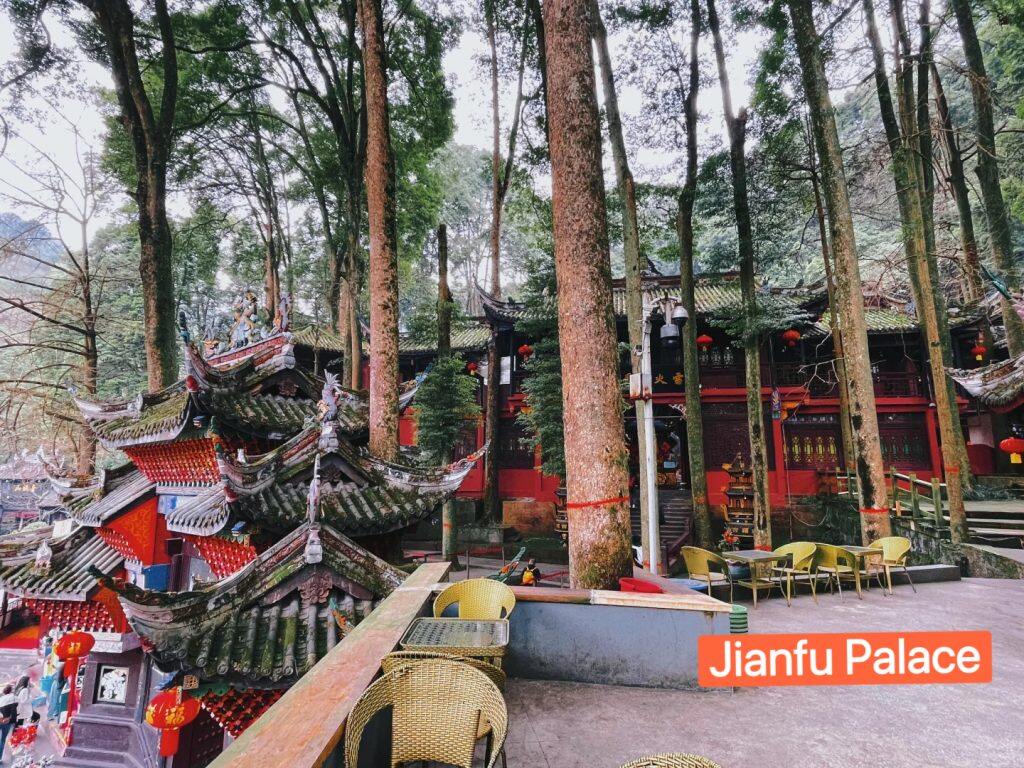
Tianshi Cave:
The core of Taoism in China. Here, Zhang Daoling founded Taoism in 143 AD. The cave features his statue and ancient cypress trees said to be planted by him.
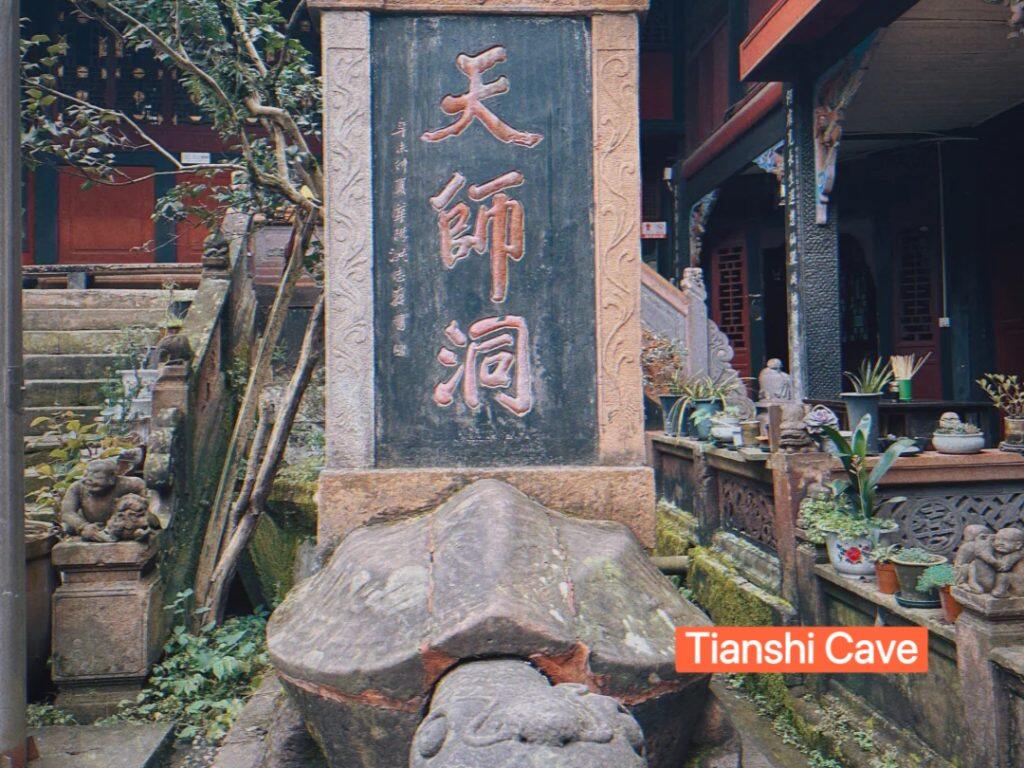
Shangqing Palace:
At the summit, this temple offers panoramic views. It’s where Zhang Daoling reportedly meditated. Laojun Pavilion nearby is the highest point (1,260m).
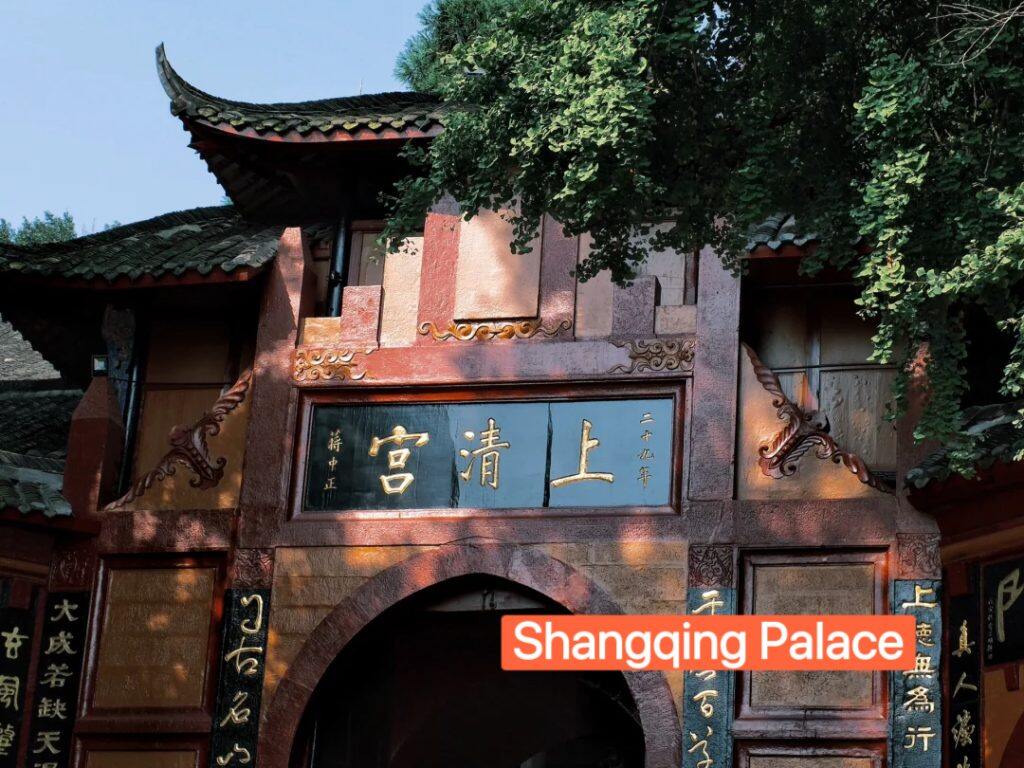
Yuecheng Lake:
A scenic spot where you can take a short boat ride (5 RMB) or walk to the cable car.
Transportation
Address: Southwest of Dujiangyan City, Sichuan, China (68km from Chengdu).You can get there From Chengdu:
- 🚄High-Speed Train: Take a train from Chengdu’s Xipu Station to Qingchengshan Station (30 mins, 10 RMB). From there, it’s a 15-minute walk or a 10 RMB shuttle to the entrance.
- 🚌Bus: From Chadianzi Bus Station in Chengdu, take a direct bus (2 hours, 25 RMB).
- 🚕Taxi: Costly but convenient (1.5 hours, ~300 RMB).
Buying Tickets: Use trip apps or buy at stations. For trains, book via China Railway website or app.
Experience & Activities
Taoist Tea Ceremony:
Held at Jianfu Palace every weekend (10:00 – 11:00, 14:00 – 15:00). Visitors can learn to make and taste Taoist tea, and listen to stories about Taoist tea culture. No need to book in advance—just arrive at the palace hall on time.
Hiking Guide Service:
Hire a local hiking guide at the Front Mountain entrance (150 – 200 RMB / $20 – $27 USD for half a day). Guides can tell you more about the mountain’s history and hidden scenic spots. Book on – site by asking the staff at the visitor center.
Taoist Meditation Class:
Available at Shangqing Palace every Saturday (9:00 – 10:00). It’s free, but you need to reserve a spot 1 day in advance by calling the palace (phone number: +86 28 8728 8159). Wear comfortable clothes for sitting.
Practical Tips & Etiquette
- Clothing: Wear comfortable sports shoes (paths are steep in some areas). Bring a light jacket (mountain temperature is 5 – 8℃ lower than Chengdu, especially in the morning and evening).
- Supplies: Bring a water bottle (refill stations at temples) and snacks (like energy bars). Don’t litter—use the trash cans along the paths.
- Etiquette: At Taoist temples, don’t take photos of the statues (signs are posted). Speak quietly in temples to respect the religious atmosphere. Don’t touch the ancient stone inscriptions or carvings.
- Safety: Stay on the marked paths—don’t go into unmarked forest areas. Check the weather forecast before visiting (avoid hiking on rainy days, paths can be slippery).
Food
There are many delicious foods within three kilometers around Qingcheng Mountain. Here are some of them:
Qingcheng Mountain Tofu:
Served at most local restaurants (15 – 25 RMB / $2 – $3.4 USD per dish). Made with mountain spring water, it’s soft and tasty. Common ways to cook it: stir – fried with garlic, or in soup.
Braised Pork Ribs with Bamboo Shoots:
Bamboo shoots are from the mountain (30 – 40 RMB / $4.1 – $5.5 USD). The ribs are tender, and the bamboo shoots are crisp. A popular local dish.
Mountain Wild Vegetable Salad:
Fresh vegetables picked from the mountain (10 – 18 RMB / $1.4 – $2.5 USD). Tossed with vinegar and sesame oil, it’s light and healthy.
Taoist Rice Wine:
Sold at small shops near the mountain entrance (20 – 30 RMB / $2.7 – $4.1 USD per bottle). Low alcohol content, made with local rice. It’s sweet and good to try.
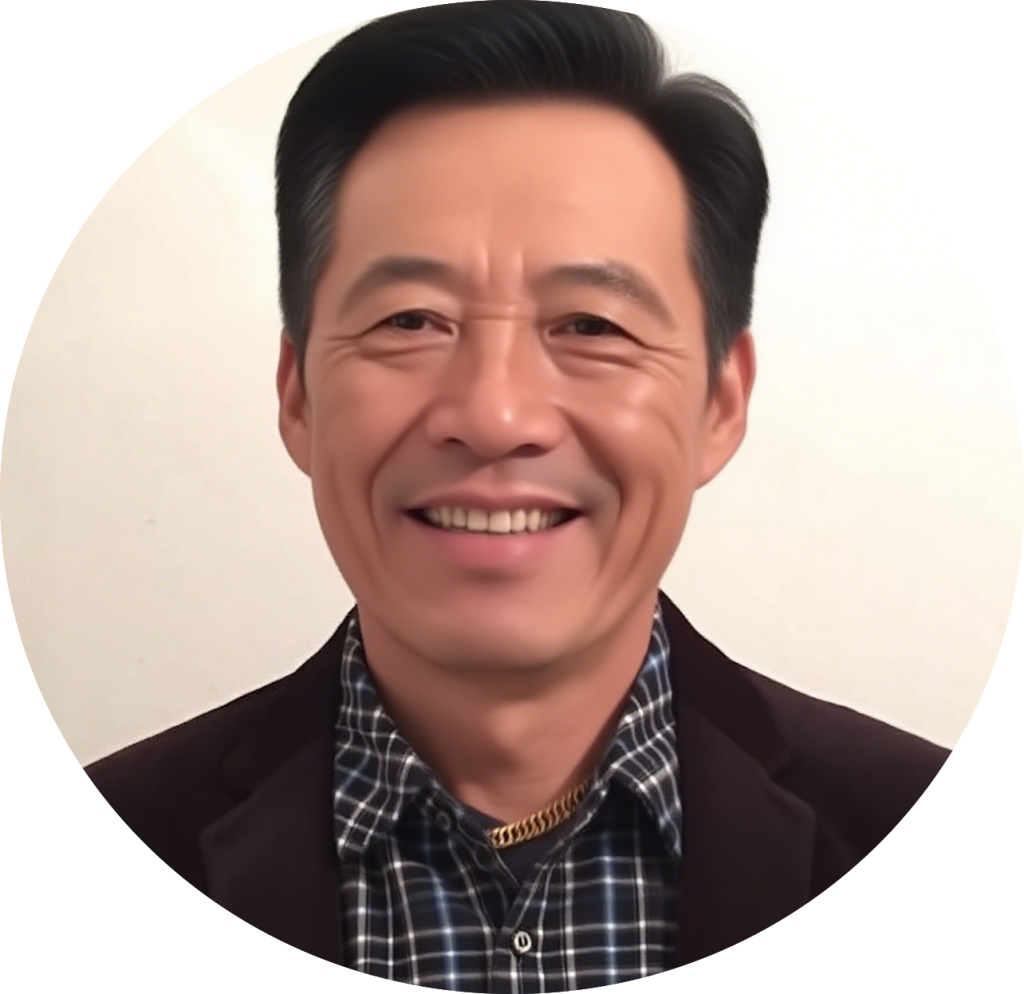
Mike Wang
Mike Wang is a 40-something Chinese travel expert, has explored the world,
hosting numerous foreign visitors. He’s deeply interested in and knowledgeable
about ancient cultural architectures, enriching journeys with his insights.

